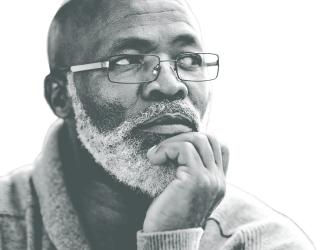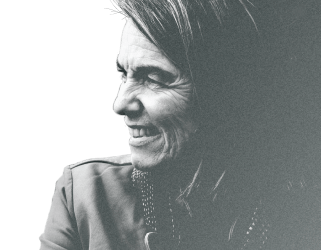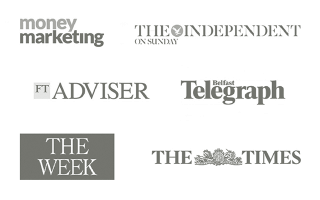Spring cleaning your estate planning
Bereavement, Charitable Giving, Financial Planning, Inheritance Tax Planning, Legacy Planning
Swedish ‘death cleaning’ has gained popularity in recent years among folks who need some added structure to guide their spring cleaning. The idea is to approach decluttering with mindfulness about the mess you could leave behind for your loved ones if you don’t get your stuff in order.
Of course, boxing up donations and filling bin bags isn’t going to make settling your estate easier if you don’t have a durable estate plan in place. Add these three estate planning items to your spring-cleaning to-do list and make an appointment to discuss what you’re tidying up with your financial adviser.
1. Cover the basics.
Some folks mistakenly believe that estate planning is only for the extremely wealthy. But an estate plan isn’t just about who gets what after you’re gone. It’s a set of legally binding documents that protect you and your assets once you are unable to speak to yourself.
No matter what size your estate is, every person should have:
- Last Will and Testament: Your last wishes and how you want your estate to be distributed to your heirs and any other beneficiaries.
- Power of Attorney: The person you name in this document will act on your behalf if you become incapacitated or unable to make decisions while you are still alive.
- Healthcare Directive: Explain how you want to be cared for medically in the event that you become incapacitated.
Folks who have more complex estates might also create trusts to protect and manage the disbursement of certain assets over time.
2. Review potential changes.
While making such serious decisions might feel overwhelming, remember that you can almost always update your estate plan while you are alive and mentally fit. We recommend that our clients review their estate plans regularly to think about how their life and legacy goals may have changed. Ask yourself:
- Have my assets changed, and if so, how do I want them distributed now?
- Have my feelings towards my beneficiaries changed? Do I still want them to receive the same assets?
- Are the people named in my Power of Attorney still the best people to settle my estate and protect my wishes if I’m incapacitated?
- Do our individual estate plans care for both me and my spouse regardless of who passes first?
- What are the values I want to pass on to my beneficiaries? How does my legacy plan put those values into action?
- Do I want to donate any of my assets to charity?
3. Finalise with your professional team.
If you’re creating an estate plan for the first time, make sure you coordinate with your adviser, solicitor, and tax professional to create documents that are legally binding. Dealing with the estate of someone who dies intestate (without a will) can become a very painful process, even among families that generally get along well.
And if you do decide that your estate plan is in good order, run through its contents with your financial adviser at your next meeting. In addition to safe guarding you against any oversights and clearing away any excess clutter, we can also review how your estate plan fits into your overall financial planning.



